Do you have a question about the American Standard 4A7A5018-060 and is the answer not in the manual?
Details unit dimensions and weight, crucial for placement.
Specifies maximum refrigerant line length and vertical change for optimal performance.
Provides guidance on optimal placement to ensure airflow and minimize noise.
Addresses installation requirements for coastal environments, including salt shields.
Steps to prepare the unit for installation, including damage checks and pallet removal.
Guidelines for installing the unit on a support pad, ensuring levelness and drainage.
Table detailing line and valve sizes for different models.
Information on factory charge and verifying system charge.
Instructions to determine required line length and lift for system calculations.
Importance of insulating the vapor line to prevent heat transfer and condensation.
Precautions for using existing refrigerant lines in retrofit applications.
Guidance on routing lines to prevent noise transmission and ensure proper installation.
Step-by-step instructions for brazing refrigerant lines, including preparation and purging.
Procedure for checking refrigerant lines for leaks using dry nitrogen and soapy solution.
Steps for evacuating the system to remove air and moisture using a micron gauge.
Procedure for opening the gas service valve after leak checks and evacuation.
Procedure for opening the liquid service valve, with a critical safety warning.
Table defining maximum wire lengths for low voltage connections based on wire size.
Diagrams illustrating low voltage wiring connections for various thermostat and furnace configurations.
Requirements for the high voltage power supply and compliance with codes.
Recommendation to install a separate disconnect switch at the outdoor unit.
Requirement to ground the outdoor unit according to national, state, and local codes.
Steps to perform before and during system startup, including thermostat settings and power.
Guidance on measuring temperatures for correct system charging methods.
Detailed procedure for subcooling charging in cooling mode using charts.
Alternative charging method using weight, useful for specific installation scenarios.
A checklist of final operational and checkout procedures for proper system performance.
| Model | 4A7A5018-060 |
|---|---|
| Type | Heat Pump |
| Cooling Capacity (BTU/h) | 18000 |
| Heating Capacity (BTU/h) | 18000 |
| SEER Rating | 15 |
| Refrigerant | R-410A |
| Voltage | 208/230 |
| Phase | 1 |
| Compressor Type | Scroll |
| Tonnage | 1.5 |
| Sound Level (dBA) | 72 |
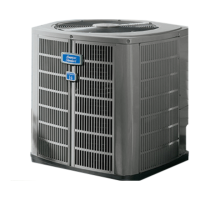
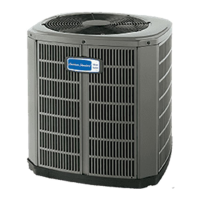
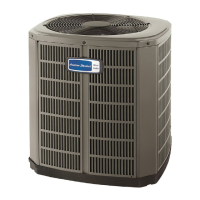
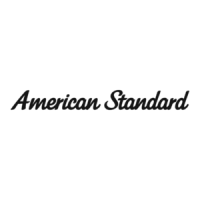



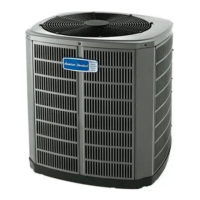
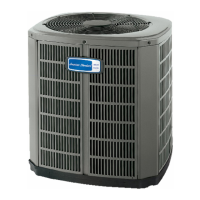
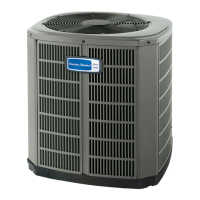
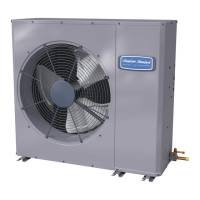

